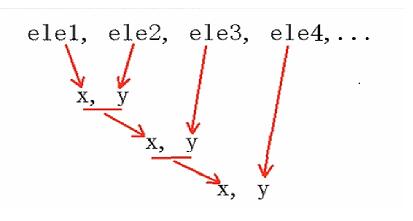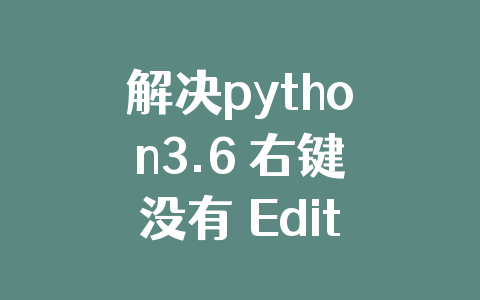定义计算N的阶乘的函数
1)使用循环计算阶乘
def frac(n):
r = 1
if n<=1:
if n==0 or n==1:
return 1
else:
print(\'n 不能小于0\')
else:
for i in range(1, n+1):
r *= i
return r
print(frac(5))
print(frac(6))
print(frac(7))
120
720
5040
2)使用递归计算阶乘
def frac(n):
if n<=1:
if n==0 or n==1:
return 1
else:
print(\'n 不能小于0\')
else:
return n * frac(n-1)
print(frac(5))
print(frac(6))
print(frac(7))
120
720
5040
3)调用reduce函数计算阶乘
说明:Python 在 functools 模块提供了 reduce() 函数,该函数使用指定函数对序列对象进行累计。
查看函数信息:
import functools print(help(functools.reduce))
Help on built-in function reduce in module _functools: reduce(...) reduce(function, sequence[, initial]) -> value Apply a function of two arguments cumulatively to the items of a sequence, from left to right, so as to reduce the sequence to a single value. For example, reduce(lambda x, y: x+y, [1, 2, 3, 4, 5]) calculates ((((1+2)+3)+4)+5). If initial is present, it is placed before the items of the sequence in the calculation, and serves as a default when the sequence is empty.
import functools
def fn(x, y):
return x*y
def frac(n):
if n<=1:
if n==0 or n==1:
return 1
else:
print(\'n 不能小于0\')
else:
return functools.reduce(fn, range(1, n+1))
print(frac(5))
print(frac(6))
print(frac(7))
120
720
5040
# 使用 lambda 简写
import functools
def frac(n):
if n<=1:
if n==0 or n==1:
return 1
else:
print(\'n 不能小于0\')
else:
return functools.reduce(lambda x, y: x*y, range(1, n+1))
print(frac(5))
print(frac(6))
print(frac(7))
120
720
5040
补充:python求n的阶乘并输出_python求n的阶乘
阶乘是基斯顿·卡曼(Christian Kramp,1760~1826)于1808年发明的运算符号,是数学术语。
一个正整数的阶乘(factorial)是所有小于及等于该数的正整数的积,并且0的阶乘为1。自然数n的阶乘写作n!。
下面我们来看一下使用Python计算n的阶乘的方法:
第一种:利用functools工具处理import functools
result = (lambda k: functools.reduce(int.__mul__, range(1, k + 1), 1))(5) print(result)```
第二种:普通的循环x = 1
y = int(input(\"请输入要计算的数:\")) for i in range(1, y + 1): x = x * i print(x)
第三种:利用递归的方式def func(n):
if n == 0 or n == 1: return 1 else: return (n * func(n - 1)) a = func(5) print(a)
以上为个人经验,希望能给大家一个参考,也希望大家多多支持自学编程网。如有错误或未考虑完全的地方,望不吝赐教。














